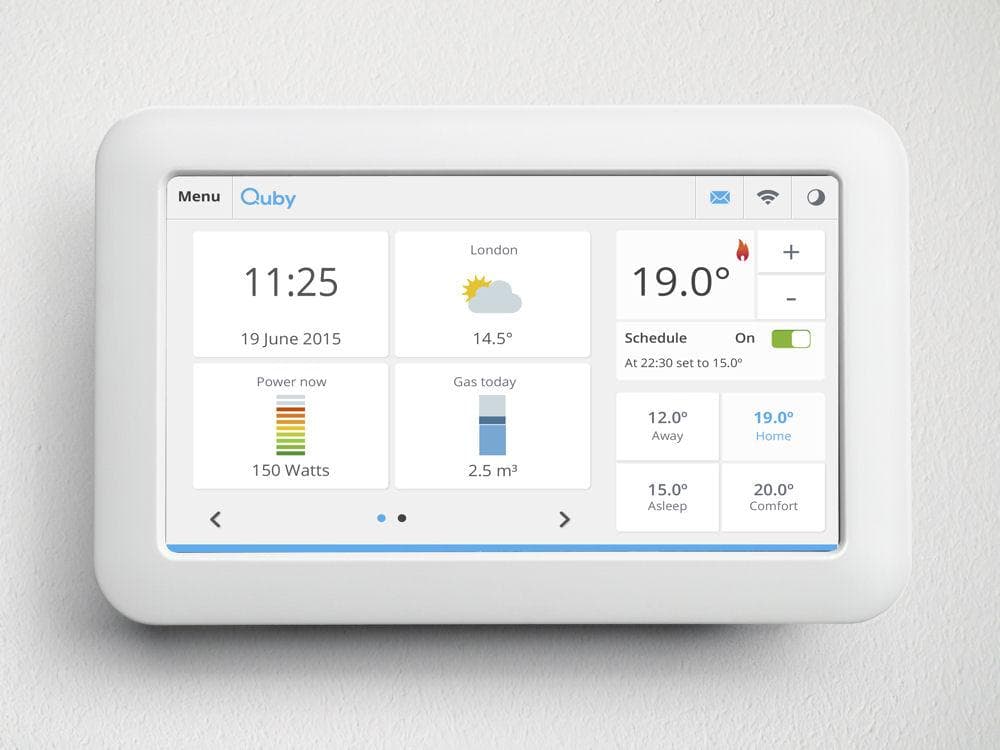The Internet of Things refers to the variety of devices which are remotely accessible from the internet. At their most basic, these devices include wall switches, electrical outlets and plug-in outlet adaptors which can be used to power connected devices on a predetermined schedule or remotely at will.
Electronic heating and cooling thermostats can also be connected, allowing remote access to change equipment operating schedules, temperature setpoints and other system settings.
High efficiency electric heat pump water heaters, laundry dryers and induction ranges have also been added to the internet of things.
Security systems are now also accessible from the internet, allowing the systems to be set remotely to secure and unsecure the property and to remotely authorize secure access to the property. Garage door operators are also available in internet connected versions.
While these functions of the Internet of Things (IOT) were intended to provide owner/occupant convenience, they also provide an opportunity for others, including utilities and government to control energy end uses remotely in response to high grid demand or low renewable energy availability. The Internet of Things could be used to interrupt the operation of building heating and cooling systems or to limit those systems to low-capacity operation, or to adjust the set temperatures to reduce demand or to enforce minimum and maximum temperature control settings. It could also be used to prevent the operation of water heating systems or laundry equipment during periods of high demand or low energy availability.
In installations including solar photovoltaic collectors, solar storage batteries and electric vehicles and chargers, the IOT could also be used to direct solar collector output to the grid and to direct stored solar energy in on-site batteries to the grid. The IOT could also be used to control the operation of EV charging systems to periods of low grid demand and to direct energy stored in EV batteries to the grid when needed.
While this flexibility to control individual customer energy use might be useful to utilities forced to rely on intermittent renewable generation plus storage to meet grid demand, it also represents the potential to interfere with the lifestyles of individual residential customers and the operation of the businesses of commercial and industrial customers. EV owners could be faced with the situation in which they could not drive to work on a given day because the grid had drawn down the charge in their EV battery. Solar customers could also be faced with the unavailability of power from their on-site storage batteries in the event of a power failure because the grid has drawn charge from those batteries.
These issues are clearly a concern because of the perceived need to minimize the investment in renewable generating capacity, grid-scale storage, transmission and distribution capacity and “last mile” transformer, service line and building electrical system capacity.
The issue is further complicated by the federal focus on providing advantages to disadvantaged communities, which would almost certainly result in applying disadvantages to advantageed communities in what appears to be a zero sum game, or perhaps even a negative sum game.
